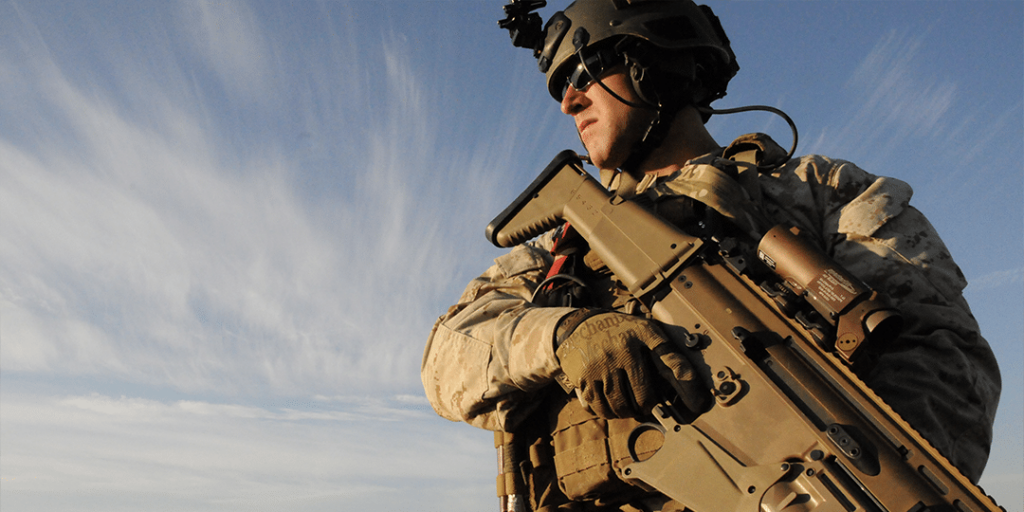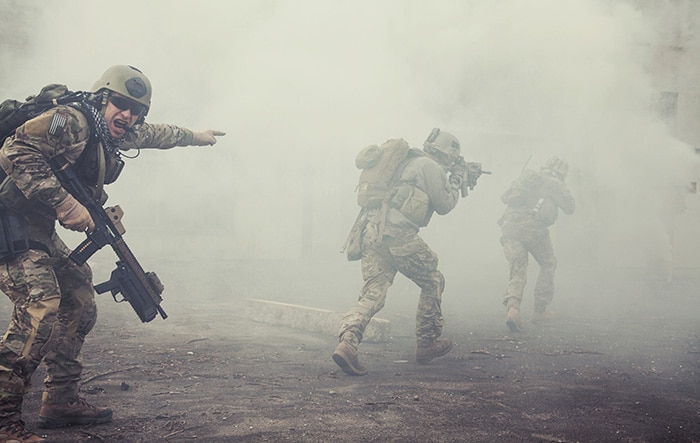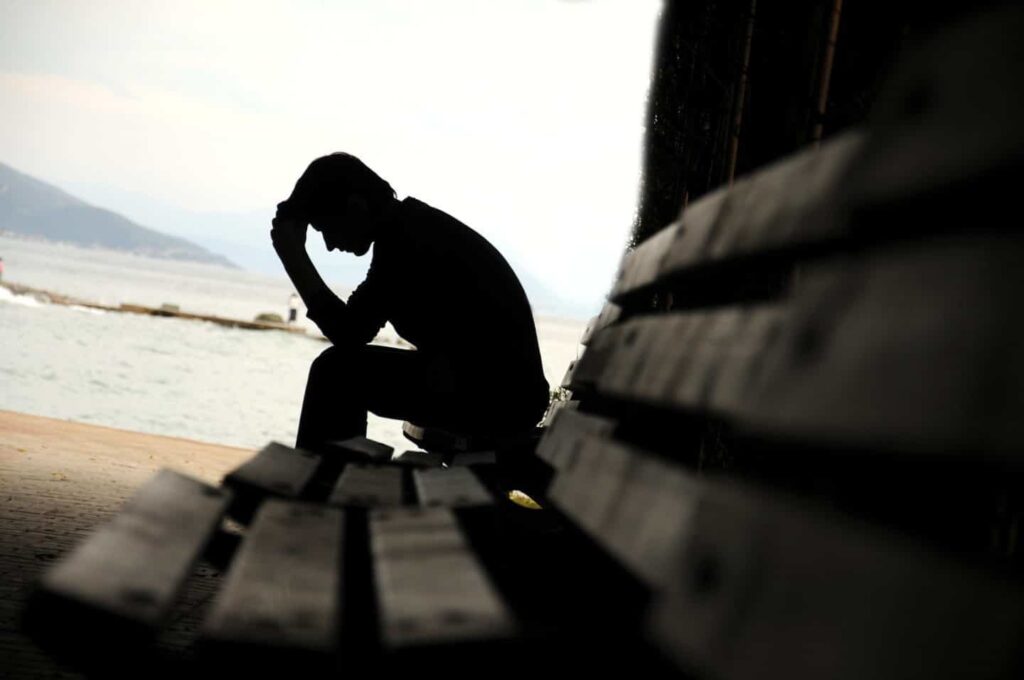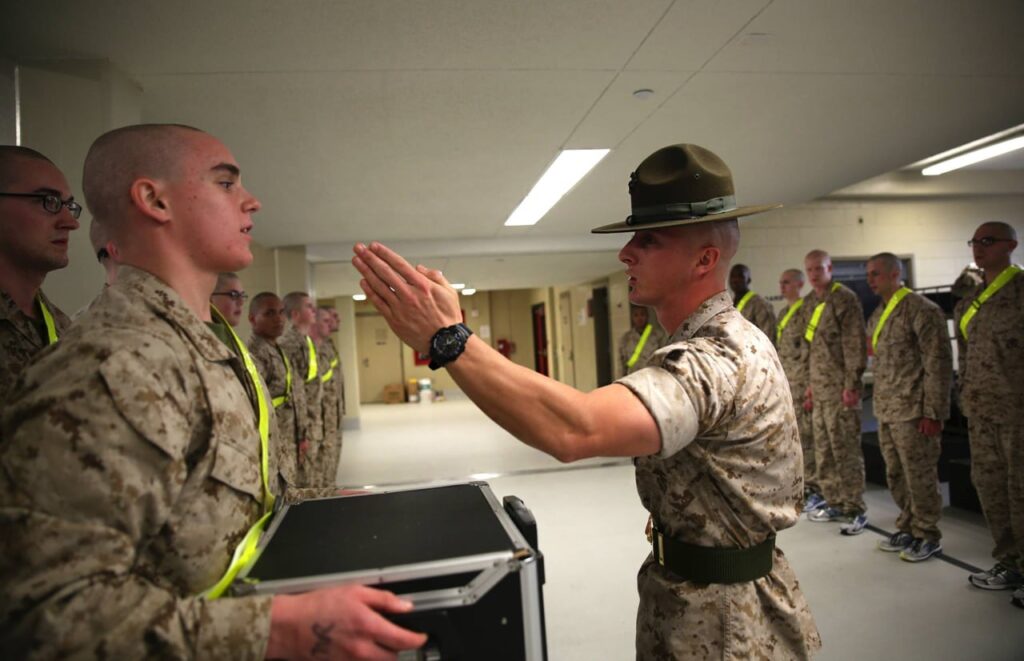After a year-long deployment to Afghanistan, I learned that my son was coming home! Being an excited military mom, I wanted to shout it from the rooftops—and I did.
With the help of social media, I posted my daily countdown days, photos, and his destination in a flurry of excitement.
Although these were seemingly innocuous Facebook posts—or so I thought—my posts violated Military Operational Security (OPSEC).
What is OPSEC?
Have you heard the old saying “Loose lips sink ships?” Appearing on propaganda posters during World War II, the phrase means “beware of unguarded talk.”
This saying informed servicemen and civilians to avoid conversations that could potentially compromise the war effort.
It’s still true today. In addition to in-person conversations, today’s unguarded talk is also found in social media posts.
OPSEC best practices help protect critical Department of Defense information and keep enemies from learning about military information.
OPSEC comprises a set of best practices and rules to keep service members safe, protect critical information, and ensure that military operations stay secret.
Why Does OPSEC Matter for Military Families?
As part of a military family, we must practice OPSEC daily. The success of our military counts on keeping information private.
I used to think that private information applied only to larger military missions or operations. That way of thinking changed when I learned that adversaries are skilled at finding bits of information and connecting them like dots to get a bigger picture of military plans.
Adversaries can find those bits of information through military family and friends who innocently share information on social media sites.
OPSEC for Families – What Not to Do and What to Do

Whether you are a military spouse, parent, family member, or friend, following OPSEC guidelines on social media keeps your military loved ones safe.
Do not post specific deployment dates.
That deployment date on your mind might tempt you to share it on social media. Your post might include something like this:
My son is deploying to Iraq from Fort Hood on October 11.
Keep specific dates to yourself whether your child is deploying to a location or returning home. If many people were posting these dates online, that can lead to deployment dates being changed.
Yes, that has happened and will only delay the homecoming.
Do: You can share that your child is deploying in a few weeks or sometime in October, without referencing a specific date. Or, you can say, “My son deployed last week,” regardless of what the actual date is.
Do not post troop and unit information.
Although you are bursting with pride about your military loved ones unit or troop, posting it on social media is a no-no. If you’re tempted to post something that looks like this:
My son is in the 39 INF REG, Delta Co, 3rd BN!
Don’t share the details of their unit.
Do: You can share that your son is part of the 39th Infantry Regiment.
Do not post information about troop movements.
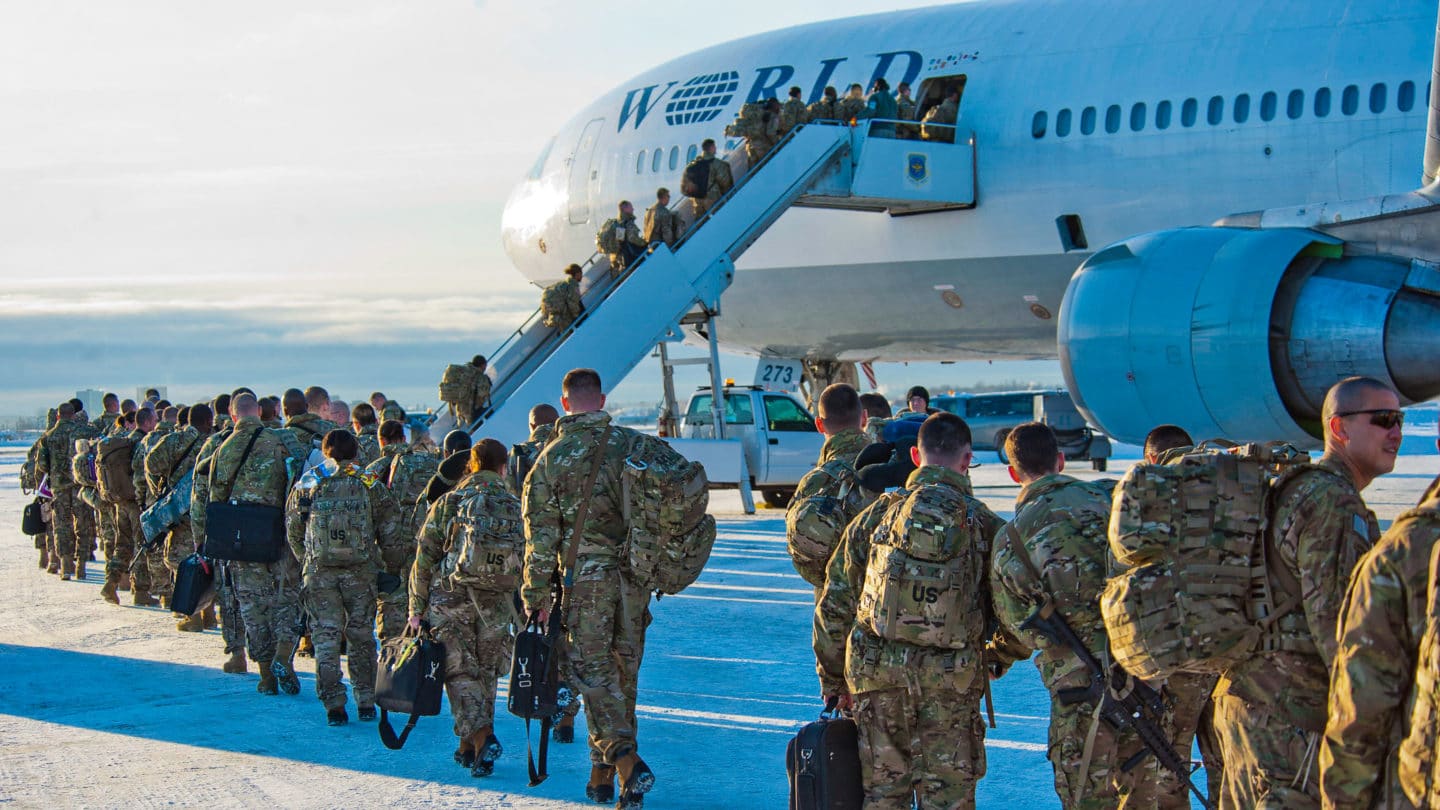
If you learn that your deployed warrior’s military unit is going on a mission, you may want to ask for prayer or positive thoughts in a post like this on social media:
Please pray for my son’s military unit as they go on a mission outside their forward operating base in Afghanistan. They are a small group of 12 and I am so worried about them.
Never share this type of information on social media.
Do: If you need support, positive thoughts, or prayer, share that privately with friends or family.
Do not use count-down clocks.
Count-down clocks are popular on social media to count-down the days or hours to an event. For military families, that event may be that your warrior is coming home from deployment in 6 weeks, 3 days, and 4 hours.
If you share that on social media, you’ll soon have a long list of comments from well-meaning folks. This will simply bring even more attention to your count-down clock and the reason behind it.
Do: There are many creative ways to do count-downs privately at home. Here are three ideas to get you started:
- Get two jars. Fills one with the number of marbles that equal the count-down days. Put one marble from the full jar into the empty jar each day, until your loved one is home!
- Our family made a paper chain and then removed one each day until none were left. It’s a fun way to get kids involved.
- Use a small chalkboard and write the total number of days. Each day, erase and write the new number until you get to zero, the day your loved one comes home.
Do not post any of the above information in secret or closed social media groups.
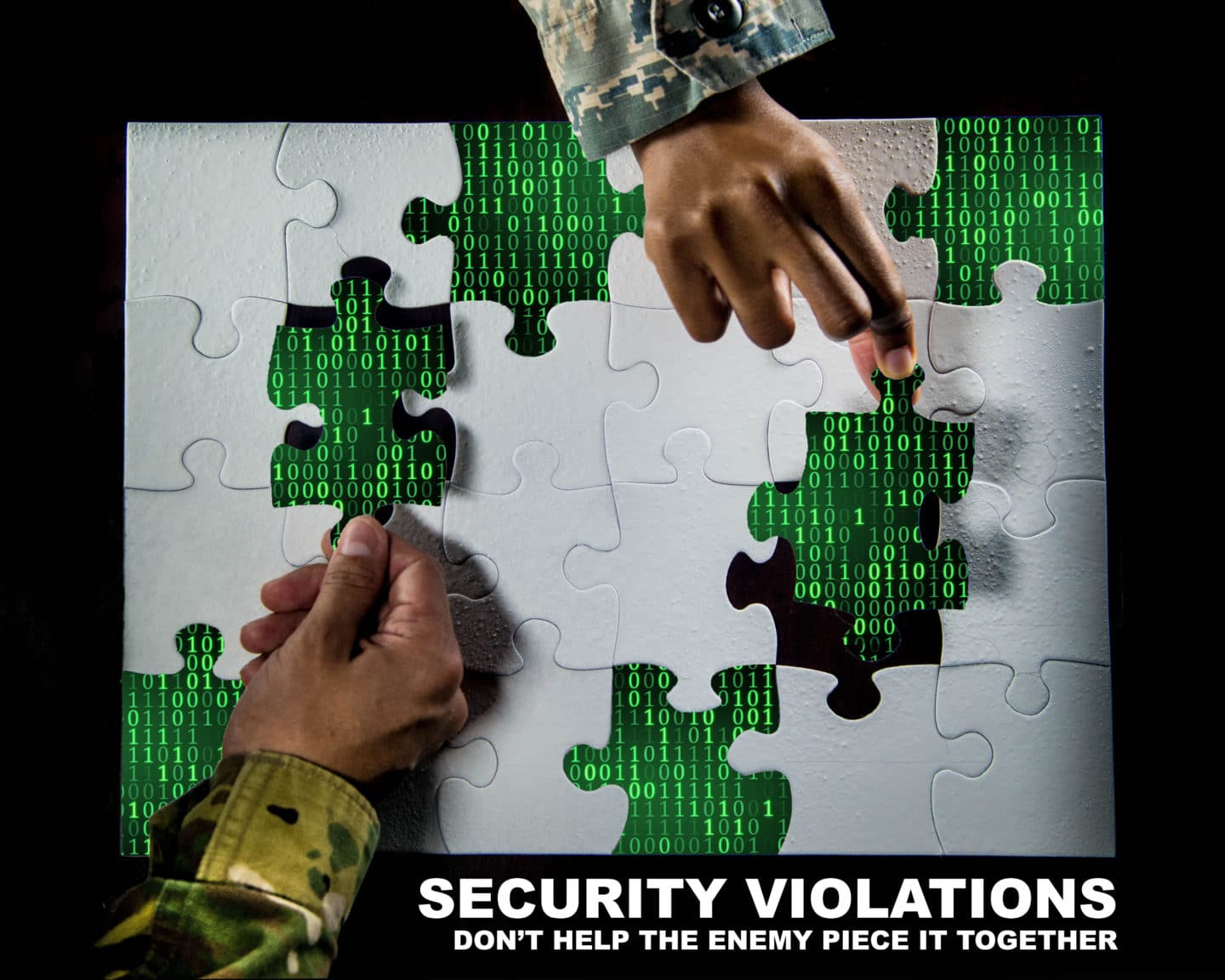
Being part of many military-related social media groups, I’ve seen it all. Innocent posts from well-meaning military moms who are looking for support, spill all kinds of military information.
You may think that what you post in private groups is kept private. Many groups have hundreds or even thousands of members, all of whom can’t possibly be properly vetted.
Any social media site is vulnerable to hacking and security issues. Even leaders of private groups can’t control everything and everyone in a group.
Once you put something in writing online, even in a private group, it’s up for grabs by anyone who copies that information to another group or their own social media profile.
Do: Share information privately with people you know and trust.
Do not post photos that show your military loved ones name or location
I have to admit, I loved sharing photos of my son in uniform. I didn’t think about the fact that the photos revealed his name and rank. If he sent me a photo from his location, it may have revealed location information based on what was in the background. The photos likely had metadata embedded in them too!
Metadata stores GPS coordinates, and embeds them in photo files. You can view the photo file’s properties to view it. Anyone can and that is the point here.
Posting photos like this reveals too much information.
Also, have you seen photos of military service members made into memes on social media; without their permission? It happens!
Do: Turn off location services in social networks and disable GPS on your phone when taking photos. Share photos of your military loved one in civilian clothes. If you share photos of your hero in uniform, black out all identifying information. You can also frame some awesome photos of your military child in uniform and put them around your home!
Observe OPSEC for the Win
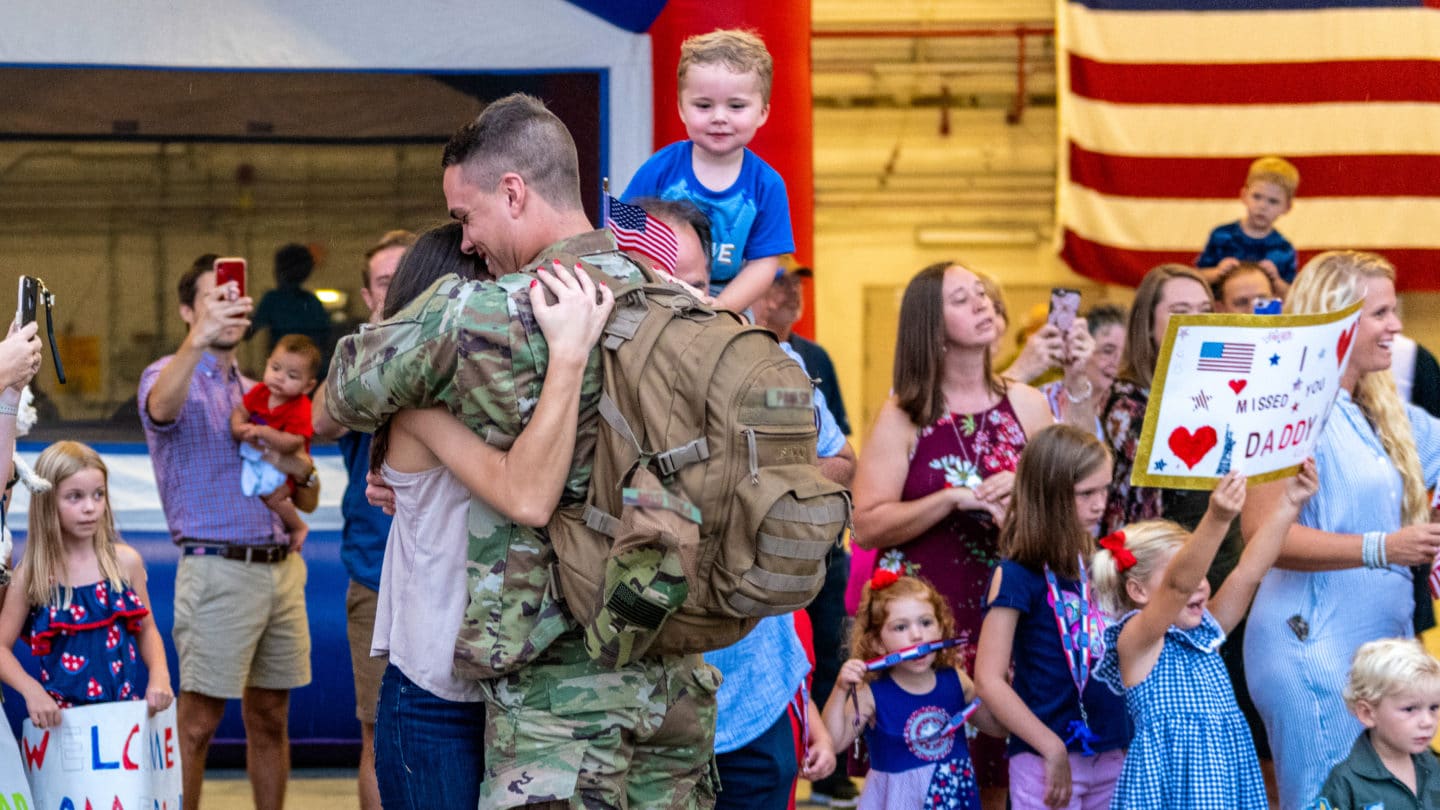
Information spreads like wildfire on social media. Don’t let that information be yours. Once you share in social media, it’s out there forever. If someone wants to copy it, they now have control over that photo or other information and can use it however they want.
Adversaries are smart and well-schooled in technology. Don’t contribute to the bits of information they use to connect the dots of the bigger picture.
By observing OPSEC best practices for families, we can make a difference together.
Have additional OPSEC tips for families? Leave them in the comments below. Read how Sandboxx puts security as our top priority..


